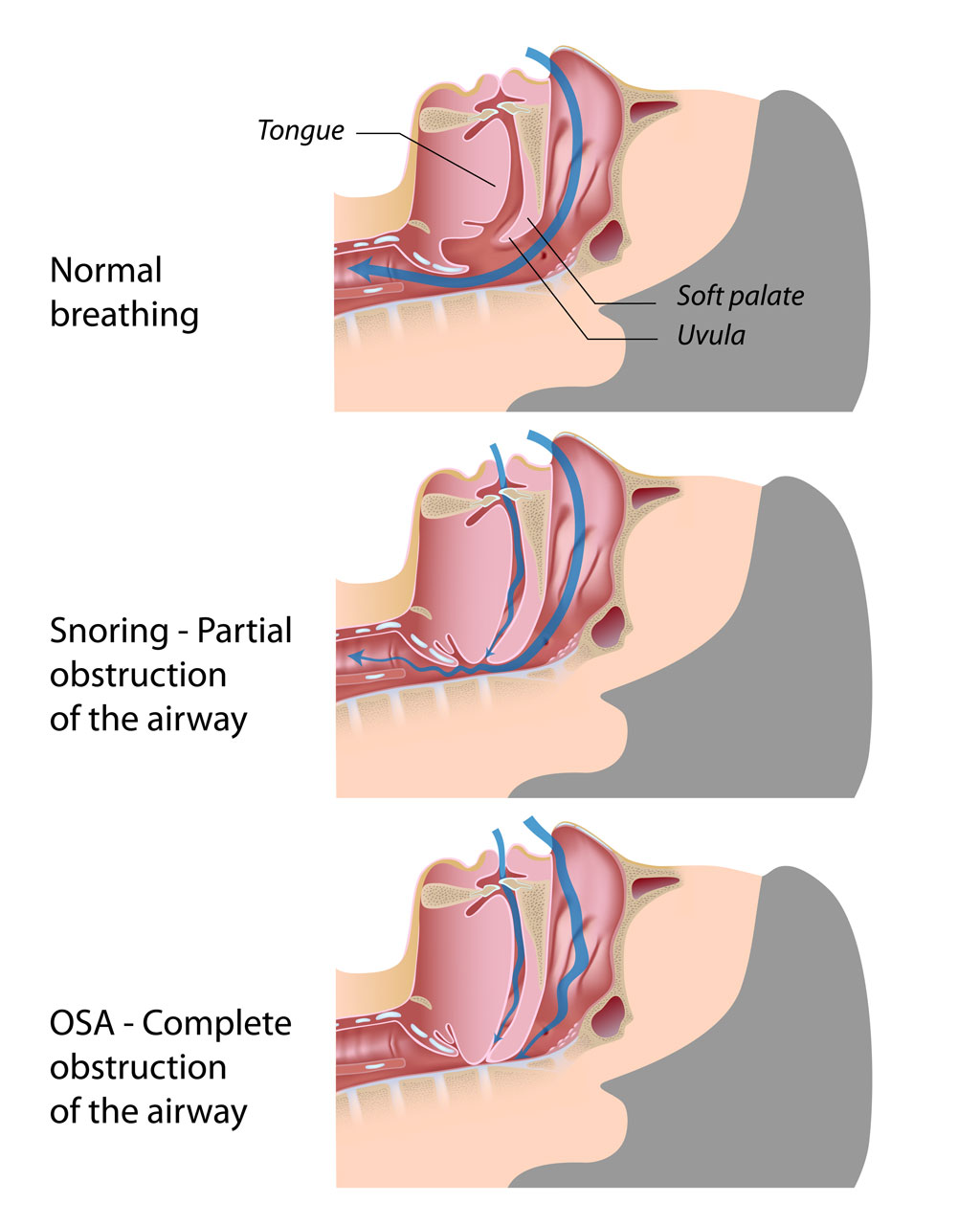Tonsillectomy and Adenoidectomy
The tonsils are two clusters of tissue located on both sides of the back of the throat. Adenoids sit high in the throat behind the nose and the roof of the mouth. Tonsils and adenoids are often removed when they become enlarged and block the upper airway, leading to breathing difficulty. They are also removed when recurrence of tonsil infections or strep throat cannot be successfully treated by antibiotics. The surgery is most often performed on children.
The procedure to remove the tonsils is called a tonsillectomy; excision of the adenoids is an adenoidectomy. Both procedures are often performed at the same time; hence the surgery is known as a tonsillectomy and adenoidectomy, or T&A.
What are the complications?
Bleeding after the operation
- bleeding from the area where the tonsils have been removed (the tonsillar bed) is the most frequent complication; it occurs in 2 to 5 percent of children
- dehydration and excessive activity following the operation increase the chances of bleeding
- in most cases the bleeding is relatively mild. Only a small number of children have to return to the operating theatre to stop the bleeding or even more rarely for a blood transfusion
- bleeding may occur more commonly 7 to 14 days after the operation but can occur up to 21 days after the operation. It is best to avoid going away in the 3 weeks following the operation in case of bleeding. It is strongly recommended that you not travel overseas or to a remote area during this period
- if bleeding occurs get your child to suck on ice or drink cold water and rest with their head raised on a high pillow
- if there is a large amount of blood (more than 1 to 2 teaspoonfuls) or if the bleeding continues for more than 5 minutes, dial 111 within New Zealand and ask for urgent medical help (use the appropriate emergency number in other countries)
Infection
- infection following an adenotonsillectomy is not common. Increasing pain or fever can be a sign of infection
Care at Home
- In the 14 days after the surgery, your child may get a cold or other infection more easily than usual. Friends and family who are or might be sick should stay away.
- You will be asked to follow up with your child’s ENT doctor, or your pediatrician, to have your child checked after the surgery.
- You may notice changes in your child’s voice. These changes are normal, but if your child continues to “baby” his or her voice for several weeks after surgery, talk to the pediatrician or ENT doctor.
- Your child may return to school after 7 days.
- Your child should not participate in sports or strenuous activity for at least 2 to 3 weeks after surgery.


